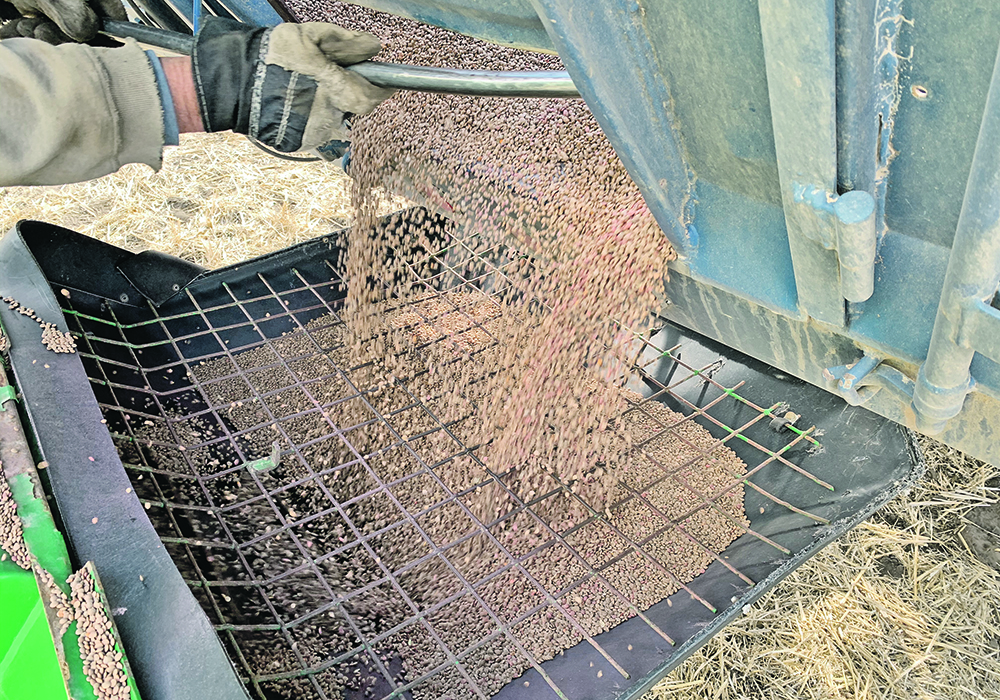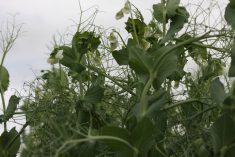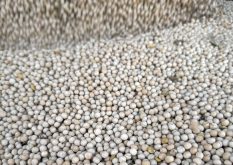SASKATOON — Fewer cereals and oilseeds and more pulses — that sums up Agriculture Canada’s first crack at predicting what Canadian farmers will plant in 2024.
The federal government agency is forecasting a three percent drop in wheat and a five percent decline in barley acres.
Canola plantings are anticipated to be down 1.5 percent, while flax will fall by 19 percent.
Read Also

Short rapeseed crop may put China in a bind
Industry thinks China’s rapeseed crop is way smaller than the official government estimate. The country’s canola imports will also be down, so there will be a lot of unmet demand.
“(Canola is) under pressure from declining prices, steady input costs, low late-fall soil moisture and an expected slight strengthening of wheat prices,” Agriculture Canada stated in its Canada: Outlook for Principal Field Crops report.
Flax acres are set to fall by 19 percent.
On the other side of the ledger, peas will be up five percent, lentils eight percent and chickpeas 17 percent compared to last year.
Farmers will plant more lentils than peas for the eighth time in the last 10 years.
Pulses are forecast to have good returns compared to other crops, said Agriculture Canada.
Agriculture commentator and farmer Kevin Hursh thinks Agriculture Canada isn’t far off the mark with its estimates.
“It’s credible at this point,” he said.
He agrees that pulse acres are likely on the rise due to economics, but he noted that the forecast doesn’t provide a breakdown by type.
“For instance, in lentils I’m not sure that red lentils will increase a lot,” said the farmer from Cabri, Sask.
“But green lentils, if people can find seed, are due to increase dramatically.”
The percentage decline in wheat and canola does not sound like a lot, but it amounts to a lot of acres because they are such big crops, he said.
“When you start doing the numbers on barley, there’s hardly any way you can slice and dice it that it doesn’t look like a dog,” said Hursh.
Australia has pushed Canada out of the Chinese market and imported corn from the United States is providing stiff competition at home.
“When you pencil it out, it just doesn’t look very good compared to other cropping options,” he said.
Durum acres are forecast to rise 1.5 percent despite a projected drop in price for the crop. That is because there will still be a good premium over spring wheat, said Hursh.
Oats is an interesting one. Plantings are expected to be up 27 percent, but that is just a partial recovery from the major retraction in 2023.
The crop will benefit from tight carry-in stocks and attractive returns compared to other crops. However, acres will still be nine percent below the previous five-year average, according to Agriculture Canada.
Special crops acres are mixed with mustard down 13 percent and canaryseed up six percent.
Hursh said seed cost and availability may factor into final acreage decisions.
He noted that new crop contracts for large green lentils are in the 50 cent per pound range, while the current price for the crop is 74 cents.
It means farmers will have to pay a lot of money for seed if they don’t have their own.
“That may mitigate how much some of these (crops) may move,” he said.
Contact sean.pratt@producer.com
















